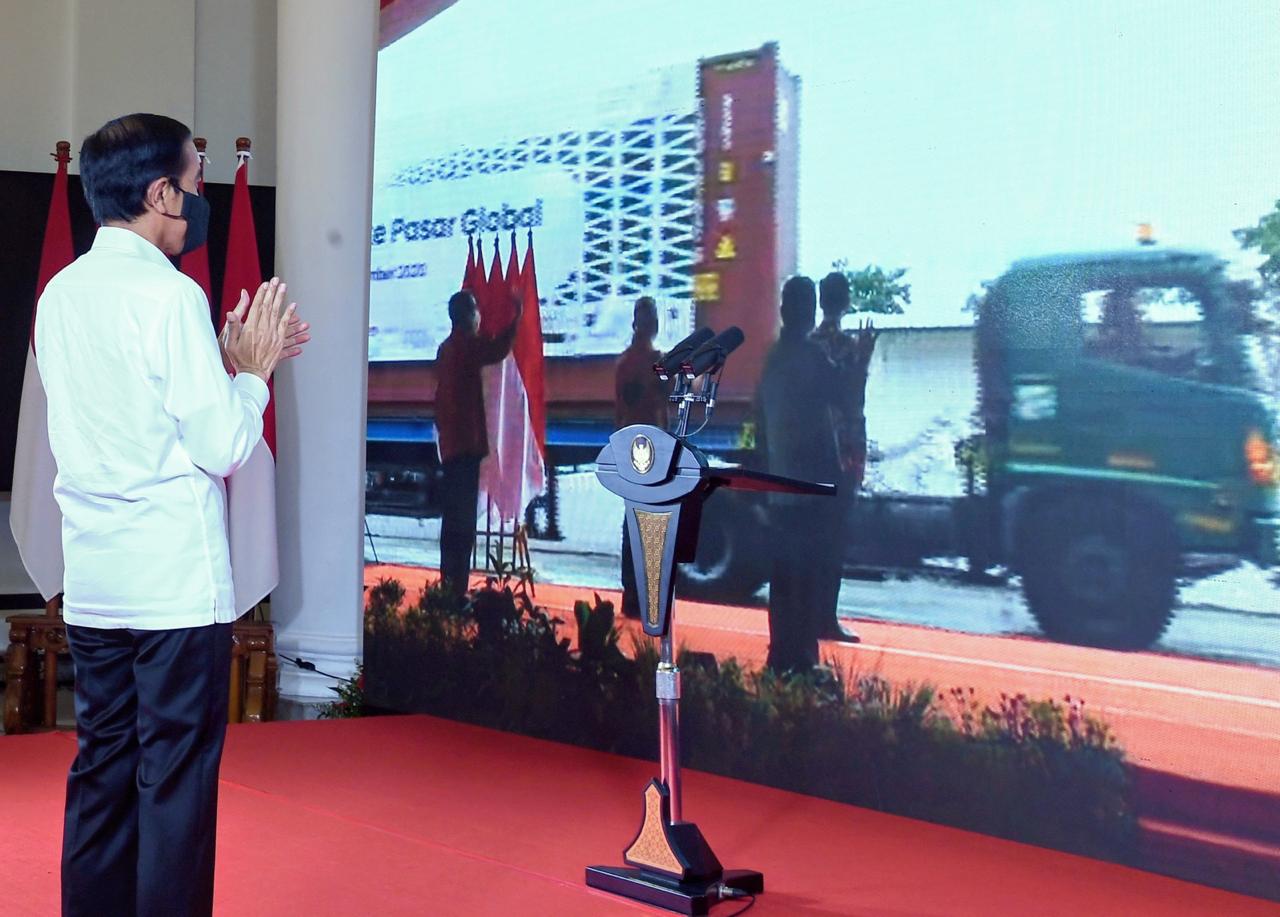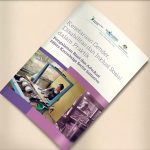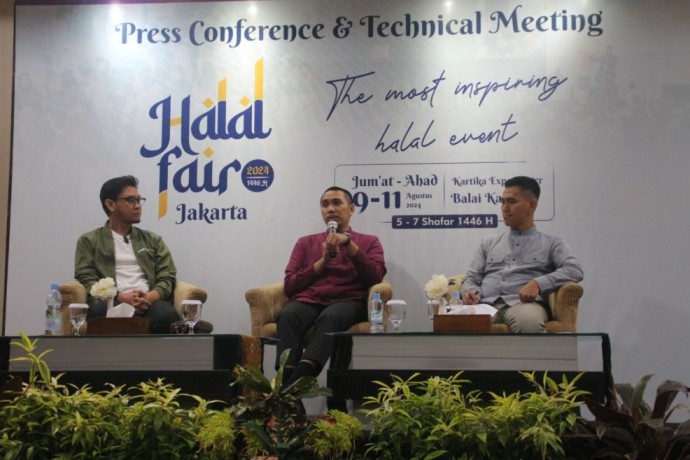90 percent of Indonesia’s car demands supplied from domestic factories

Jakarta (Indonesia Window) – Of the total demands for cars in Indonesia, 90 percent are supplied from domestic factories that use 70-80 percent of local raw materials, said Chairman of the Indonesian Automotive Industry Association Yohannes Nangoi.
In fact, Indonesia is able to export 330,000 cars to various countries, including Japan, said Nangoi as quoted from the Indonesian Ministry of Finance’s website.
“If you go abroad and see Xpander, Isuzu Traga, or Daihatsu GranMax-like vehicles, they are all from Indonesia because the factory is only found in Indonesia,” Nangoi said.
He pointed out that of the car production capacity of 2.4 million per year, the average car sale was recorded at 1.5 million units per year, consisting of 1.2 million for the domestic market and around 330 thousand for the export market.
However, due to the pandemic, the total number of car sales in 2020 have dropped to only around 700,000 units, consisting of 530,000 for the domestic market and 200,000 for the export market, Nangoi noted.
Entering 2021, the decline in car sales would continue. If this condition remains, not only will it lead to termination of employment, but also threaten the existence of the national automotive sector.
Therefore, the State Revenue and Expenditure Budget (APBN) boosts public consumption and supports the business sectors.
Indonesian Finance Minister Sri Mulyani Indrawati explained that the incentive budget for sales tax on luxury goods for motorized vehicles was estimated at 2.99 trillion rupiahs (some 205 million U.S. dollars).
The government expected that the incentives would be used by people to help improve the automotive industries and boost the national economic growth.
“We deliberately designed it to be front loading. The goal is to spur confidence and simultaneously increase economic recovery,” said the minister.
In 2019 Indonesia’s automotive industry contributed 3.98 percent to the non-oil and non-gas Gross Domestic Product (GDP) on the non-oil and non-gas sector.
The labor-intensive sector employs 1.5 million workers directly and 4.5 million workers indirectly.
The supply chain for the automotive sector is also very broad, with at least 7,451 factories that produce input products.
Reporting by Indonesia Window










